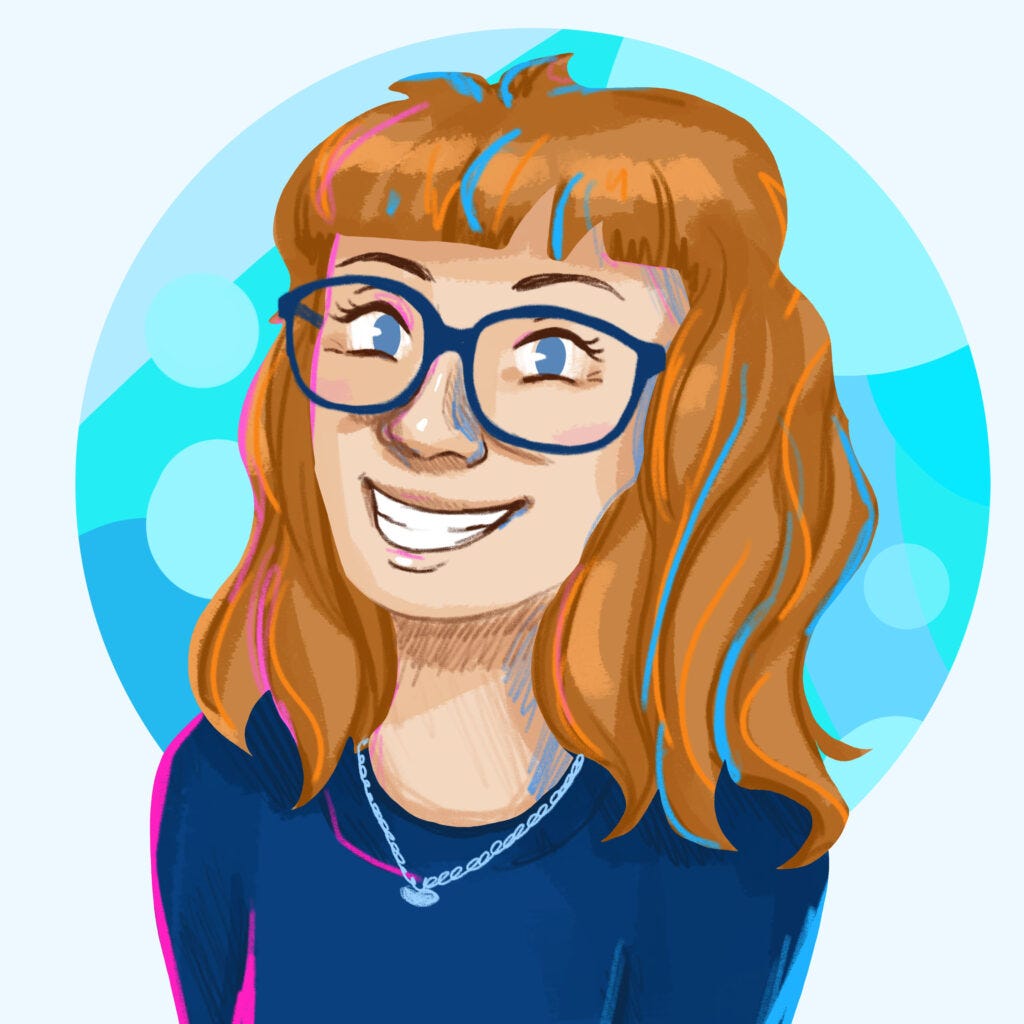Have you ever gone to the doctor with a concern, only to have it dismissed as ‘part of’ your disability, neurodivergence, or mental health diagnosis? That’s diagnostic overshadowing.
Diagnostic overshadowing happens when health professionals attribute symptoms to an existing condition or neurotype (often referred to as someone’s ‘brain wiring’ like being Autistic or ADHD), rather than investigating them fully.
Image from Canva, by Aflo Images from アフロ(Aflo)
For example:
- A child with ADHD who is “just being difficult” when actually they have untreated stomach pain.
- A young person whose breathlessness is explained away as “anxiety,” when in fact it’s asthma.
- A neurodivergent adult told their exhaustion is “part of autism,” instead of screening for thyroid issues or sleep apnea.
The result? Real health problems are missed, delayed, or left untreated. And people, especially disabled and neurodivergent people, end up carrying preventable harm.
Why this is so critical:
- It creates barriers to accessing safe, effective healthcare.
- It can lead to serious or even life-threatening consequences when conditions are overlooked.
- It reinforces ableism by assuming “that’s just how they are” instead of treating disabled people as full people and patients with the right to proper care.
And why it’s so hard: Advocating for yourself or for your young person in these moments is exhausting. You may find yourself having to repeat the same story, push back against dismissive comments, or insist on a second opinion. It can feel like you’re constantly battling to have your concerns taken seriously.
That’s why awareness matters. Families, educators, and professionals need to understand what diagnostic overshadowing is so we can:
- Name it when it happens.
- Push for better training and accountability in healthcare.
- Support one another in advocacy.
Because every person deserves to have their concerns listened to, their pain believed, and their health treated with dignity.
If this resonates, know you’re not alone. Advocacy is hard, but shining a light on diagnostic overshadowing is one step toward change.
If you’d like to learn more about diagnostic over-shadowing, I’m presenting at two upcoming conferences where this theme will be explored.
- PANS PANDAS UK Conference via the PANS PANDAS UK Charity
- A live and recorded webinar with Helen Edgar of Autistic Realms on October 2nd, 4 pm – 5 pm GMT
- Out topic: Neurodivergence, PANS and PANDAS, book here for free on eventbrite
- The Nurture Programme Conference 2025, An online conference hosted by The Nurture Programme
- October 16th and 17th
- Secure your space via The Nurture Programme here
- My Conference Talk: Hidden Health, How Unrecognised Medical Needs Add to the Trauma of PDAers
Thank you for being here,

Laura Hellfeld
RN, MSN, PHN, CNL
Connect with me on social media
BlueSky, LinkedIn, Instagram and Facebook
Disclaimer: The information shared in this blog is for informational purposes only and is not intended to replace medical advice, diagnosis, or treatment. Please consult a licensed healthcare provider for personalised support and care tailored to your specific needs.
Last modified: 22 September 2025


